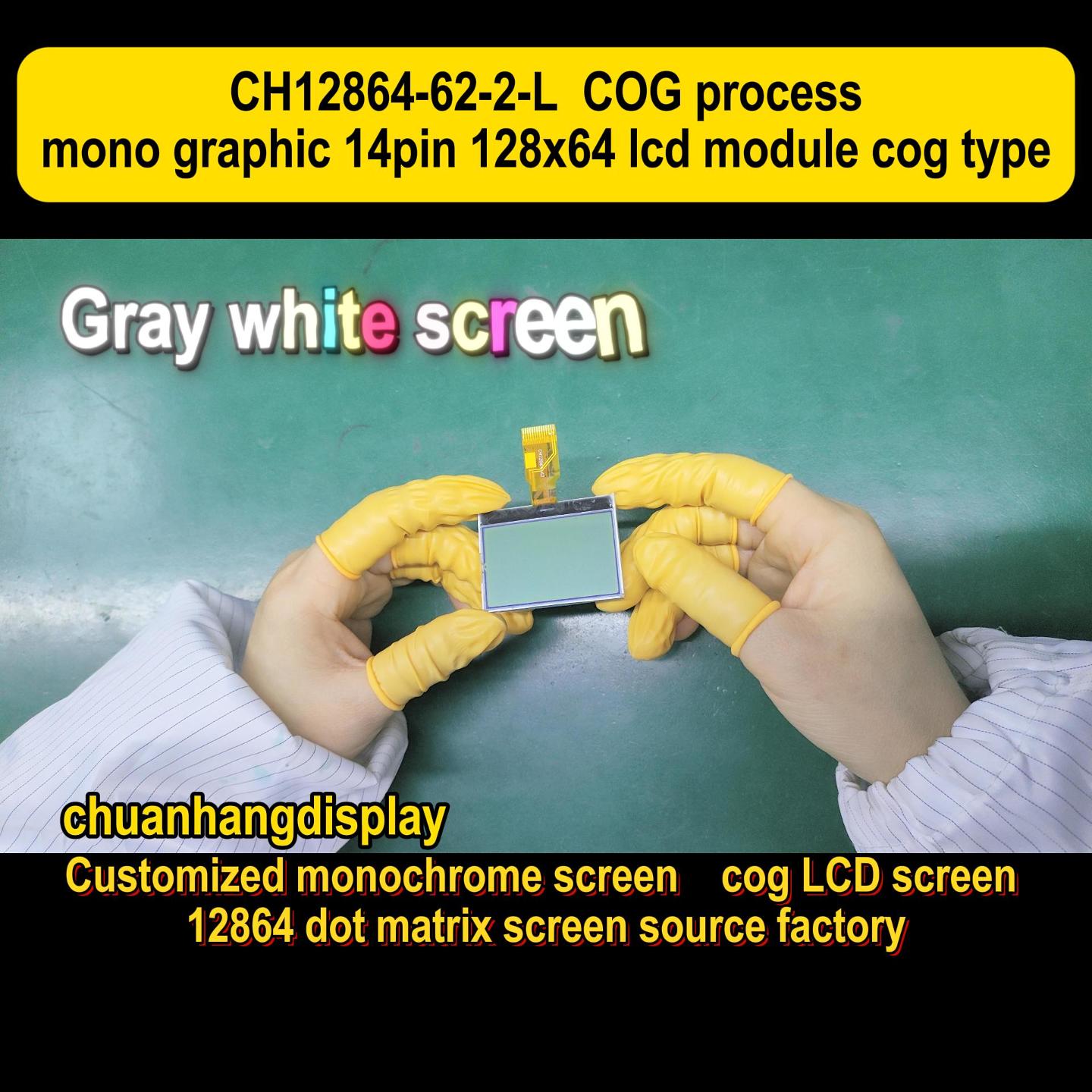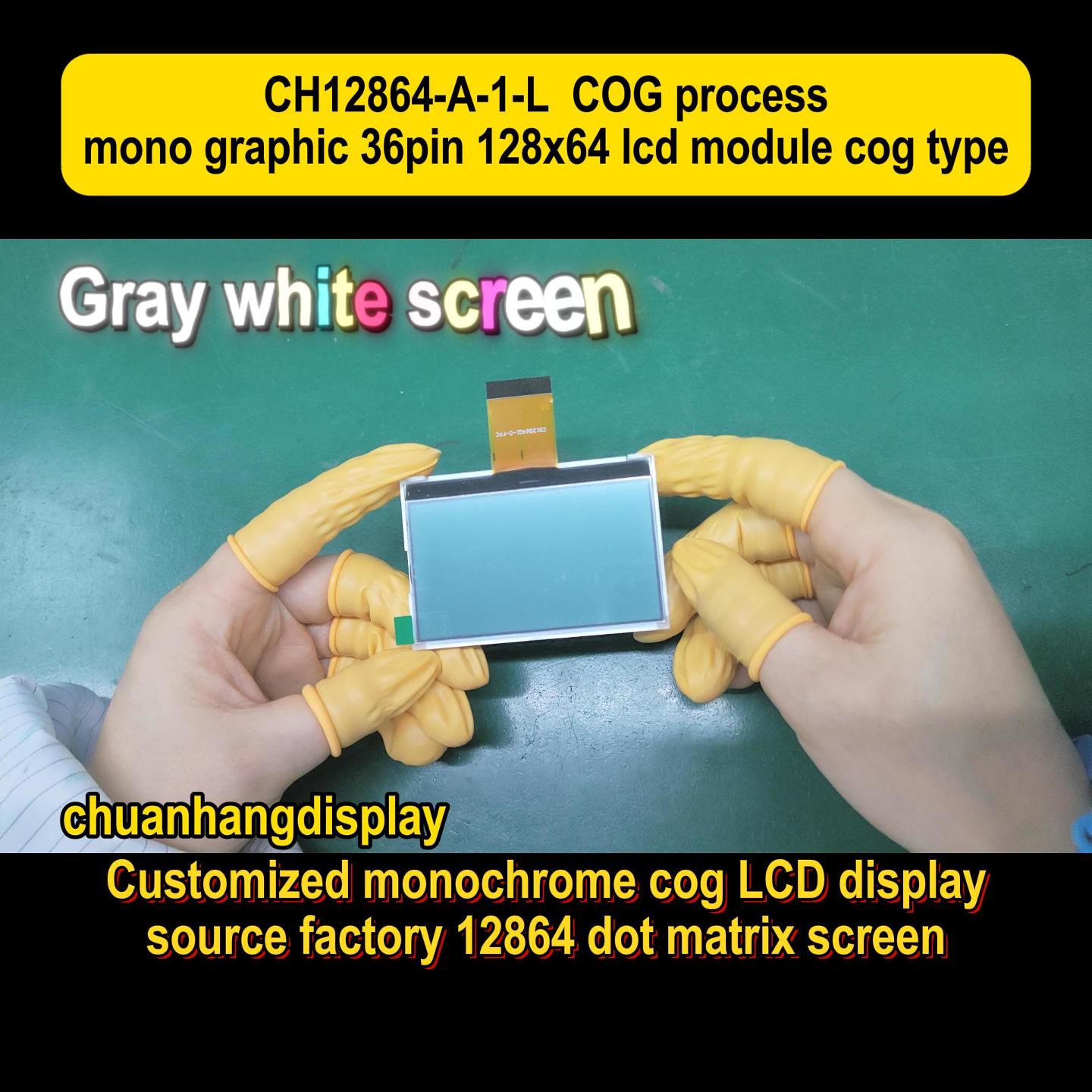When it comes to electronic displays, the 20x4 LCD display stands out as a popular and practical option for a wide range of applications. Whether you're working on a DIY electronics project, industrial equipment, or consumer devices, this display type offers a balance of readability, cost-effectiveness, and ease of integration. But what exactly is a 20x4 LCD display, and why has it become such a staple in the tech world? In this article, we'll dive deep into the key aspects of the 20x4 LCD display, from its basic definition to its real-world uses, and even highlight a trusted brand like Chuanhang Display that specializes in these components. By the end, you'll have a solid understanding of whether a 20x4 LCD display is the right fit for your needs, along with answers to common questions in our FAQ section.

A 20x4 LCD display is a type of liquid crystal display that features 20 characters per line across 4 lines, providing a total of 80 characters visible at once. This makes it ideal for applications requiring moderate text output, such as in embedded systems, point-of-sale terminals, or home automation setups. Unlike larger displays, the 20x4 LCD display strikes a balance between space efficiency and information capacity, allowing users to present data like menus, status updates, or sensor readings without overwhelming the interface. These displays typically use a backlight (often LED-based) for visibility in low-light conditions and operate on low power, making them suitable for battery-powered devices. The term "LCD" refers to the technology that uses liquid crystals to modulate light, resulting in sharp, low-glare text that's easy to read. Over the years, the 20x4 LCD display has evolved to include variants with different color options, touch capabilities, and enhanced durability, but the core 20-character by 4-line format remains a standard in industries where simplicity and reliability are key.
Understanding the features and specifications of a 20x4 LCD display is crucial for selecting the right model for your project. Typically, these displays offer a resolution that supports alphanumeric characters and basic symbols, with each character rendered in a 5x8 dot matrix format. This ensures clarity and legibility, even from a distance. Most 20x4 LCD displays operate on a 5V DC power supply, drawing minimal current (often under 1mA in standby mode), which contributes to their energy efficiency. They commonly interface via parallel or I2C protocols, allowing seamless integration with microcontrollers like Arduino or Raspberry Pi. For instance, many 20x4 LCD display units include built-in controllers such as the HD44780, which simplifies programming and reduces development time. Additionally, features like adjustable contrast, wide viewing angles (up to 180 degrees), and temperature tolerance (typically from -20°C to 70°C) make them versatile for various environments. Brands like Chuanhang Display often enhance these specs with ruggedized designs, anti-glare coatings, and custom backlight colors, ensuring that the 20x4 LCD display meets specific industry standards. When comparing models, it's important to check parameters like response time, lifespan (which can exceed 50,000 hours), and compatibility with your hardware to avoid compatibility issues.
The 20x4 LCD display finds its way into numerous applications due to its compact size and efficient data presentation. In the industrial sector, it's commonly used in control panels for machinery, where it displays parameters like temperature, pressure, or operational status. For example, in manufacturing setups, a 20x4 LCD display can provide real-time feedback without occupying much space. In consumer electronics, these displays are integral to devices like multimeters, medical monitors, and home appliances, offering users clear readouts for settings or diagnostics. The DIY and hobbyist community also favors the 20x4 LCD display for projects involving weather stations, robotics, or smart home systems, as it allows for easy prototyping with minimal wiring. Moreover, in commercial settings, point-of-sale systems and kiosks utilize 20x4 LCD displays to show transaction details or promotional messages, enhancing user interaction. With the rise of IoT, the 20x4 LCD display has adapted to display network status or sensor data in connected devices. Companies like Chuanhang Display cater to these diverse needs by offering customizable options, such as sunlight-readable versions for outdoor use or low-power models for portable gadgets, demonstrating the display's adaptability across fields.

Like any technology, the 20x4 LCD display comes with its own set of pros and cons. On the positive side, its primary advantage is cost-effectiveness; these displays are generally affordable and widely available, making them accessible for both beginners and professionals. The low power consumption of a typical 20x4 LCD display is another big plus, especially in battery-operated devices where energy efficiency is critical. They also offer excellent readability in various lighting conditions, thanks to adjustable backlights and high-contrast ratios. From a usability perspective, the 20x4 LCD display is relatively easy to interface with common development boards, reducing the learning curve for integration. However, there are drawbacks to consider. For instance, the limited screen real estate (only 80 characters) might not suffice for data-intensive applications, requiring scrolling or additional displays. Also, monochrome versions lack color output, which could be a limitation in visually rich interfaces. Durability can be an issue in harsh environments, as LCDs are susceptible to physical damage or temperature extremes if not properly sealed. Brands like Chuanhang Display address some of these cons by offering reinforced models with wider operating ranges, but it's essential to weigh these factors based on your project requirements to ensure the 20x4 LCD display aligns with your goals.
Integrating a 20x4 LCD display into your project involves a few straightforward steps, whether you're a novice or an experienced engineer. First, gather the necessary components: the display itself, a compatible microcontroller (e.g., Arduino Uno), connecting wires, and possibly an I2C adapter to simplify wiring. Start by connecting the power pins (VCC and GND) to your board's 5V and ground, then link the data pins according to the interface type—for parallel mode, this might involve multiple pins, while I2C uses just two wires for communication. Next, install relevant libraries in your programming environment; for Arduino, the LiquidCrystal library is popular for driving a 20x4 LCD display. Write a simple sketch to initialize the display and send text, testing basic functions like setting the cursor or displaying dynamic data from sensors. For more advanced projects, consider adding features like backlight control or custom characters. Throughout this process, ensure proper soldering and insulation to avoid shorts, and refer to datasheets—for example, those from Chuanhang Display—for pinout details and voltage specifications. Common pitfalls include incorrect contrast settings or loose connections, so double-check your wiring and code. With practice, integrating a 20x4 LCD display can be a rewarding experience that adds a professional touch to your creations.
When sourcing a reliable 20x4 LCD display, brands matter, and Chuanhang Display has built a reputation for quality and innovation in this space. Specializing in a range of LCD products, Chuanhang Display offers 20x4 models that emphasize durability, clarity, and customizability. Their displays often feature enhanced viewing angles, robust construction for industrial use, and options for different backlight colors to suit various applications. What sets Chuanhang Display apart is their commitment to customer support, providing detailed technical documentation and responsive service to help with integration challenges. For instance, their 20x4 LCD display units might include pre-assembled modules with I2C interfaces, reducing setup time for developers. By choosing a brand like Chuanhang Display, you benefit from consistent performance and longer lifespans, which is crucial for projects where reliability is non-negotiable. Whether you're procuring in bulk for commercial use or for one-off hobbyist projects, considering a trusted supplier ensures that your 20x4 LCD display meets expectations and performs reliably over time.
Q1: What does "20x4" mean in a 20x4 LCD display?
A1: The term "20x4" refers to the display's configuration, indicating it has 20 characters per line and a total of 4 lines, allowing it to show up to 80 characters simultaneously. This format is common for text-based interfaces in electronics.
Q2: How do I power a 20x4 LCD display?
A2: Most 20x4 LCD displays operate on a 5V DC power supply. You can connect it directly to a microcontroller like an Arduino or use an external power source, ensuring the current draw is within the display's specifications (typically under 20mA for the backlight).
Q3: Can I use a 20x4 LCD display with a Raspberry Pi?
A3: Yes, a 20x4 LCD display can be easily interfaced with a Raspberry Pi using GPIO pins and libraries like Python's RPi.GPIO. For simpler wiring, an I2C backpack adapter is recommended, as it reduces the number of required connections.
Q4: What are the common issues when using a 20x4 LCD display, and how can I troubleshoot them?
A4: Common issues include blank screens (often due to incorrect contrast settings or power connections), garbled text (caused by wiring errors or code mistakes), and backlight failures. To troubleshoot, check your connections, adjust the contrast potentiometer, verify your code for proper initialization, and ensure the display is compatible with your hardware.
Q5: Why should I consider a brand like Chuanhang Display for my 20x4 LCD display needs?
A5: Chuanhang Display offers high-quality, reliable 20x4 LCD displays with features like improved durability, custom options, and excellent customer support. Their products are tested for various environments, making them a solid choice for both industrial and hobbyist applications where performance and longevity are important.